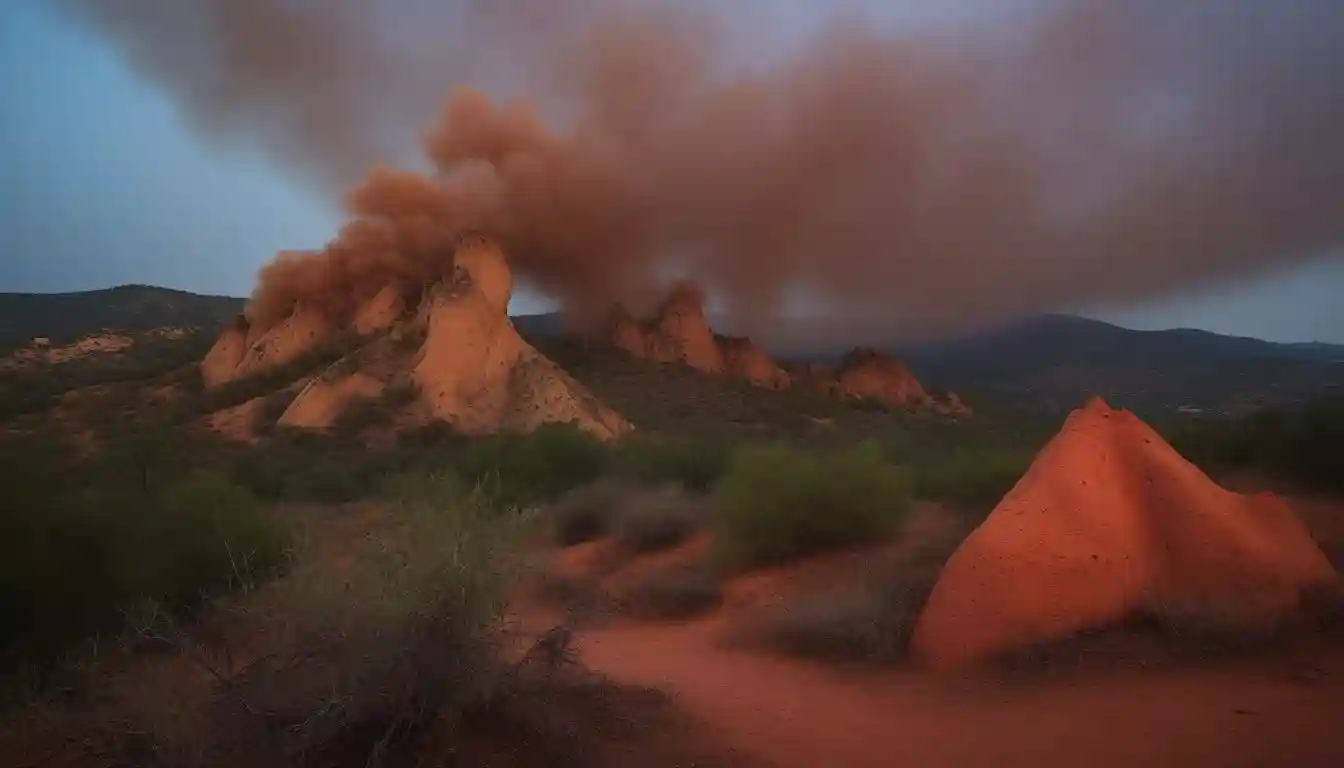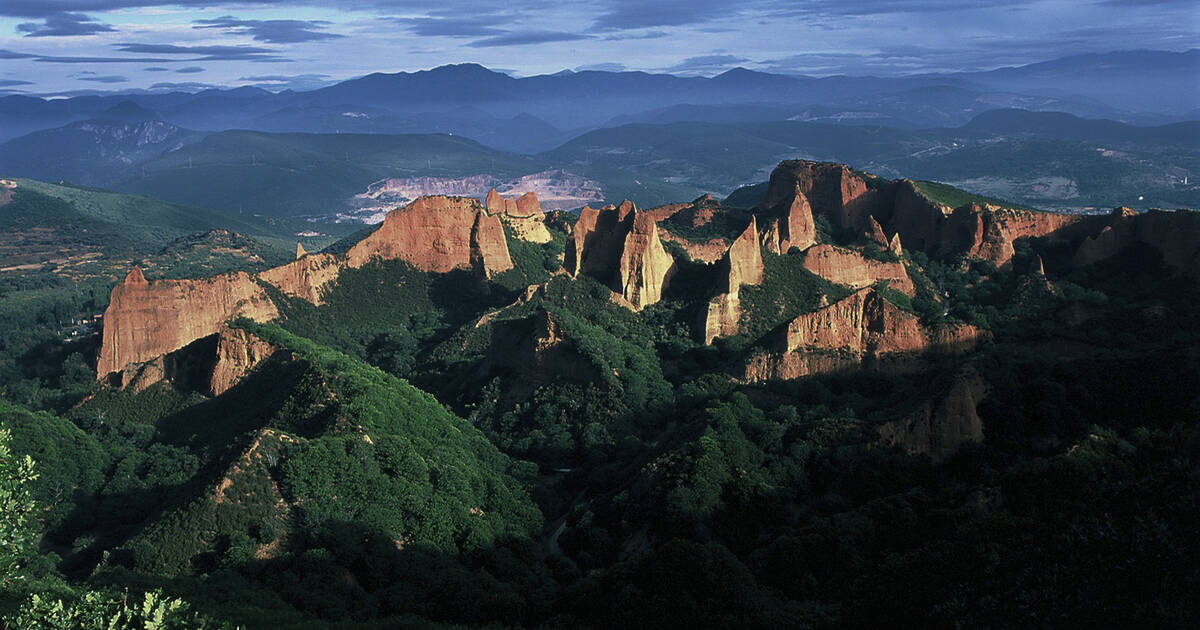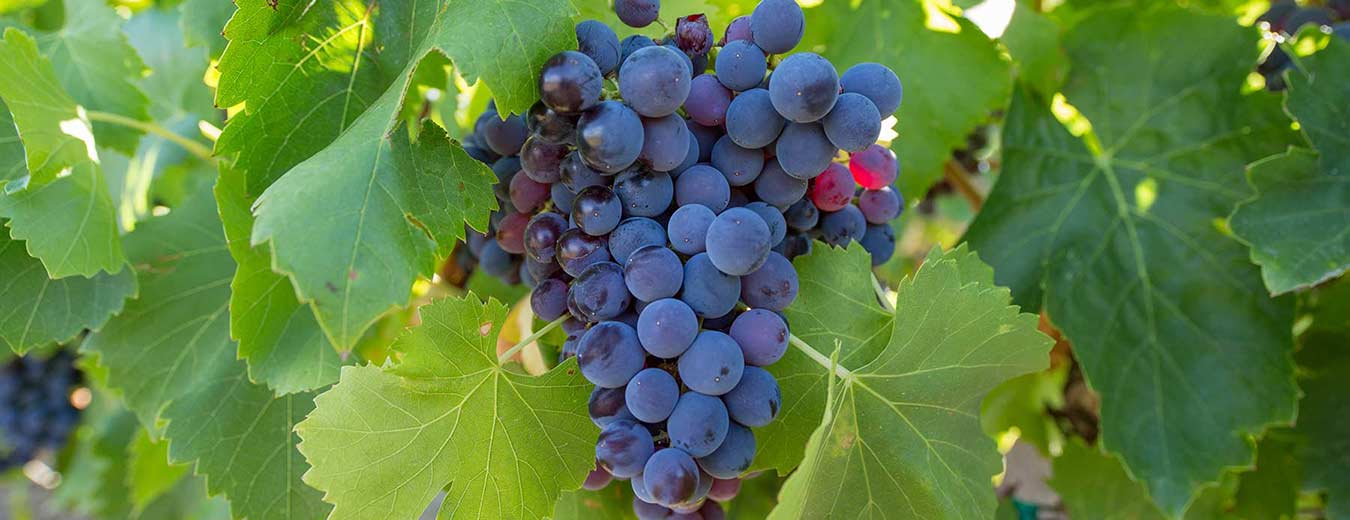
Seven Wildfires Threaten UNESCO World Heritage Site Las Médulas in Northwestern Spain
When Ancient Gold Meets Modern Fire: León's Heritage Crisis Exposes Europe's Climate Vulnerability
LEÓN PROVINCE, Spain — The Roman engineers who carved Las Médulas from Spanish mountainsides two millennia ago designed their gold mines to withstand the test of time. They could not have imagined their legacy would face its greatest threat from lightning strikes on a sweltering August night in 2025.
As seven wildfires rage across León Province, consuming 29 aerial and ground firefighting units while threatening one of Europe's most significant archaeological treasures, a stark reality emerges: climate change is rewriting the rules of heritage preservation, forcing a reckoning between ancient permanence and modern environmental volatility.

The crisis unfolding in northwestern Spain represents more than regional emergency management—it illuminates a fundamental shift in Europe's risk geography, where Mediterranean fire regimes migrate northward into territories once considered climatically protected. With four blazes escalated to "very serious" classification across Laciana, El Bierzo, Omaña, and Cabrera districts, the event signals the arrival of catastrophic fire behavior in landscapes unprepared for such intensity.
What began as dry thunderstorms on August 9 has evolved into a stress test for Spain's emergency infrastructure and a preview of heritage preservation challenges that will define the next decade.
The Anatomy of Escalation: When Prevention Fails
The Military Emergency Unit's Fifth Battalion now operates from forward positions in Orallo, where mountainous terrain transforms routine firefighting into high-altitude warfare against flames. The deployment of Spain's most specialized emergency forces underscores the severity of conditions that have overwhelmed regional resources within hours.
Current suppression efforts center on Llamas de Cabrera in Benuza municipality, where the most resource-intensive blaze demands constant aerial bombardment across terrain that complicates both access and retreat strategies. Additional active fires at Fasgar, Fontoria, and Yeres stretch available assets beyond standard operational parameters, creating the resource fragmentation that characterizes multi-front fire campaigns.
Weather forecasts compound operational challenges: sustained temperatures of 38-41°C with critically low humidity through mid-week create atmospheric conditions that enable extreme fire behavior. Orange-level heat warnings remain active for Bierzo de León, explicitly cautioning against severe damage risks to vulnerable populations—a designation that extends beyond human safety to encompass irreplaceable cultural assets.
The meteorological siege reflects broader climatic shifts that have pushed fire-prone conditions northward from Spain's traditional Mediterranean fire zones. Rural depopulation, which has accelerated across Castile and León for decades, has allowed vegetation to reclaim former agricultural lands, creating fuel continuity that amplifies both fire intensity and spread velocity.
Rural depopulation leads to the abandonment of farms and managed landscapes that previously served as firebreaks. This allows flammable vegetation to grow unchecked, creating a continuous fuel load that significantly increases the risk and scale of uncontrollable megafires.
Heritage Under Siege: The Las Médulas Paradox
Las Médulas, which attracts between 95,000 and 103,000 annual visitors to its otherworldly red-clay formations, now exists within evacuation zones that underscore the fragility of preservation strategies designed for a more predictable climate. The UNESCO World Heritage Site's protection protocols, developed when wildfire risk was negligible in this region, exemplify what fire management specialists describe as "architectural preservation in ecological vulnerability."
Current emergency measures focus on maintaining protective perimeters around archaeological zones while evacuating residential areas near the site. The delicate balance between public safety and cultural preservation reveals a fundamental gap in heritage protection planning: traditional conservation frameworks prioritize structural integrity while neglecting landscape-scale risk management.
Tourism operators, already navigating post-pandemic recovery, face immediate revenue disruption during peak summer season. Local accommodation providers report widespread cancellations, while access restrictions to Las Médulas eliminate day-trip tourism that sustains rural economies across the region. The economic ripple effects extend beyond immediate losses to encompass long-term reputational damage if cultural assets suffer visible fire damage.
Yet the crisis also illuminates deeper structural vulnerabilities. Heritage sites across temperate Europe operate under preservation paradigms that assume environmental stability—assumptions increasingly challenged by climate volatility. The potential loss or damage to Las Médulas would represent not merely archaeological tragedy but strategic failure in adaptive heritage management.
Market Recalibration: Reading Economic Smoke Signals
The León fires trigger market implications that extend far beyond regional tourism disruption, revealing evolving risk patterns that sophisticated investors must incorporate into portfolio strategies. Spain's catastrophe insurance architecture, anchored by the CCS extraordinary risks framework and Agroseguro's agricultural coverage pool, provides structural protection for major insurers including Mapfre and Catalana Occidente, limiting direct earnings volatility from current event scales.
However, sector-specific exposures reveal deeper market currents. The Bierzo wine region's premium Mencía and Godello varietals face smoke taint risks that could necessitate extensive laboratory testing and potential vintage markdowns if atmospheric contamination persists beyond 72 hours. Volatile phenols from sustained smoke exposure can permanently compromise grape quality, forcing producers to write down entire harvests during peak pricing periods.

Aerospace suppliers emerge as structural beneficiaries of expanding aerial firefighting demand. Spain's recent commitments to seven DHC-515 aircraft acquisitions and ongoing CL-215T and CL-415 fleet modernization, supported by EU rescEU pipeline funding, position companies like Airbus and Leonardo for sustained growth trajectories. The shift toward permanent aerial capacity, catalyzed by events like the devastating 2022 Zamora megafires, creates multi-year tailwinds for specialized equipment integrators.

Energy infrastructure faces operational rather than structural challenges, with potential wind and solar curtailments in mountainous transmission corridors. Utilities including Iberdrola and Naturgy may experience temporary generation disruptions, though asset damage risks remain minimal given protective distance protocols.
The New Risk Geography: Europe's Fire Future
Current firefighting operations illuminate fundamental questions about preparation for climate-driven risk migration. Traditional Spanish fire management, concentrated in Mediterranean provinces, now confronts simultaneous multi-front campaigns across historically fire-resistant territories. Resource allocation models, optimized for predictable seasonal patterns, struggle with the geographic dispersion and temporal unpredictability of contemporary fire seasons. Projected changes in wildfire risk across Europe by 2050, showing the northward expansion of high-risk zones.
| Region/Zone | Projected Change in Wildfire Risk by 2050 | Supporting Details |
|---|---|---|
| Southern Europe | Increased predictability and regularity of extreme wildfire conditions. | Historically high-risk areas like Portugal, Spain, and Greece will continue to face the most severe fire danger. Extreme fire conditions, similar to those seen in 2017, are expected to become a regular occurrence. For instance, projections for Portugal indicate a significant rise in the number of days with extreme fire danger. |
| Central and Western Europe | Significant northward expansion of high-risk and moderate fire danger zones. | Countries such as Kosovo, Bulgaria, Serbia, and Moldova are projected to experience fire weather conditions similar to the Mediterranean. Temperate mountainous regions, including Belgium, Germany, the Vosges, and the Massif Central, will also see a strong increase in wildfire danger. |
| Northern Europe | Emergence of unprecedented and less predictable wildfire conditions. | Wildfire risk is spreading to regions not typically affected in the past. What is considered a 100-year extreme fire weather event today is projected to occur every 30 years by 2050 in central Europe. This trend includes countries like Sweden and the Netherlands, which are now facing new and unexpected wildfire pressures. |
Land management gaps exacerbate structural vulnerabilities. Fuel-reduction programs, controlled burn initiatives, and grazing incentives have failed to keep pace with vegetation accumulation in depopulated rural areas. The result is landscape-scale fuel continuity that enables catastrophic fire behavior across terrain types previously considered natural firebreaks.
Infrastructure adaptation requirements extend beyond firefighting capabilities to encompass early warning systems, evacuation protocols, and heritage-specific protection measures. Emergency planners increasingly recognize that climate adaptation requires systematic reimagining of risk assumptions rather than incremental improvements to existing frameworks.
Policy responses will likely accelerate following this crisis. Regulatory frameworks for UNESCO and national heritage sites could mandate fuel buffer zones and fire-resilient design standards within 12-18 months, creating sustained demand for specialized environmental management services and fire-resistant construction technologies.
Investment Positioning: Climate Resilience as Alpha Generation
Forward-looking portfolio construction should recognize the León fires as emblematic of broader European climate adaptation needs rather than isolated regional events. The aerospace sector offers compelling exposure through Leonardo and Airbus positions, particularly given EU commitment to expanded firefighting capabilities and national fleet modernization programs across Mediterranean and now temperate European regions.
Insurance carriers with robust catastrophe frameworks may present tactical buying opportunities if headline-driven selloffs create valuation dislocations disproportionate to actual loss exposures. Spanish insurers benefit from structural protections through CCS and Agroseguro frameworks that limit earnings volatility, making weakness potentially attractive for long-term positioning.
Agricultural technology providers could capture expanding demand for environmental monitoring systems, smoke detection capabilities, and crop quality testing as wine regions adapt to new atmospheric contamination risks. The integration of precision agriculture with climate resilience creates addressable markets in previously stable production zones.
Infrastructure and emergency communications sectors align with growing recognition that rural connectivity and early warning systems require substantial investment to match evolving risk profiles. Companies positioned in sensing technologies, rural broadband deployment, and crisis management software may benefit from policy-driven spending increases.
The Longer Arc: Redefining Permanence
As suppression efforts continue against challenging atmospheric conditions, the León fires illuminate a fundamental tension between preservation and adaptation. Cultural heritage, by definition committed to maintaining historical authenticity, must now incorporate dynamic risk management that acknowledges environmental uncertainty.
The potential transformation of Las Médulas from archaeological treasure to climate cautionary tale would accelerate policy evolution across European heritage management. Successful preservation may require accepting landscape modification—strategic vegetation management, access infrastructure hardening, and protective buffer creation—that balances historical integrity with physical survival.
Whether these ancient mines emerge intact or scarred, their confrontation with 21st-century fire represents a broader challenge facing heritage sites across Europe. Climate adaptation for cultural preservation requires rethinking fundamental assumptions about environmental stability and embracing proactive landscape management that previous generations of conservators never imagined necessary.
The Roman engineers who carved Las Médulas understood the power of water to reshape mountains. Their modern successors must now master fire's capacity to erase millennia of human achievement in hours—a challenge that will define heritage preservation for generations to come.
Investment Disclaimer: Analysis reflects current market conditions and historical patterns. Climate-related investments carry inherent uncertainty. Past performance does not guarantee future results. Consult financial advisors for personalized investment guidance.